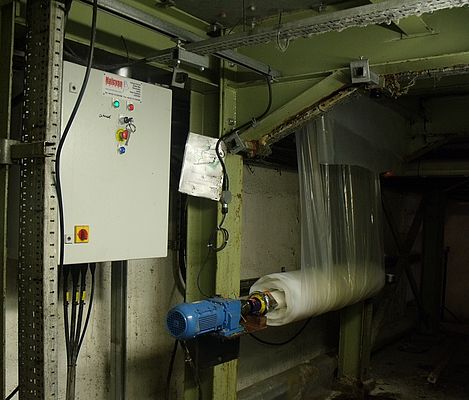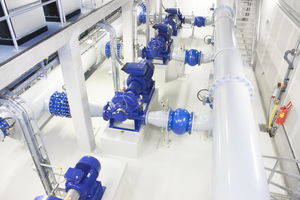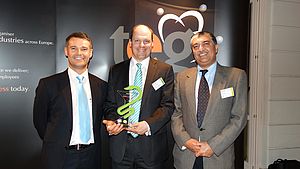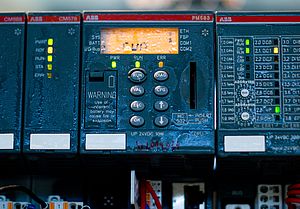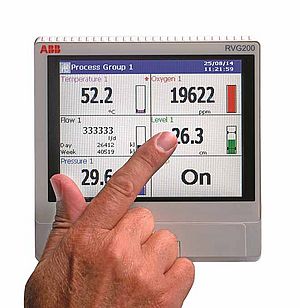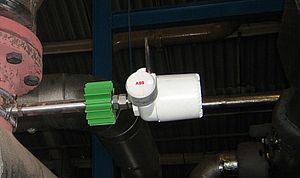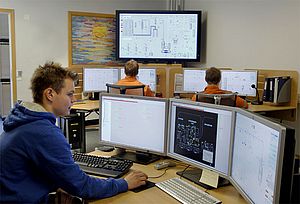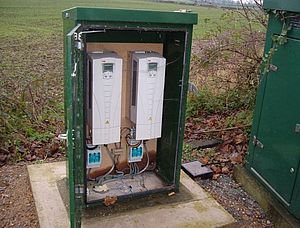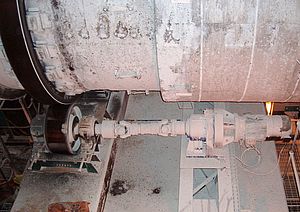Kemira Chemicals of Bradford makes special polymers for use in the water treatment industries. During the manufacturing process the polymers go through a chemical reaction on a continuously moving conveyor belt. During this part of the process, it is desirable that the polymers do not come into contact with the conveyor belt as this creates process problems.
To prevent this occurring, a roll of polythene sheeting is unwound and laid on top of the conveyor allowing continuous reaction of the polymers. At the end of the line the polymers are granulated and the polythene sheet is recovered using a re-reeler - a cardboard core onto which the polythene is wound as it comes off the tail end of the conveyor. It is driven by a geared motor unit and controlled via a variable speed drive.
Kemira was having trouble with its existing drive, which had become obsolete and difficult to programme. Steve Sanderson, Manufacturing Improvement Engineer for Kemira, says: “It is vital to keep a constant torque to give a slow winding speed. Because the old drive was not easy to program, it was difficult to set the torque correctly. This caused the polythene to stick to the belt and split leading to a potential loss of production of some €1,800 per hour, so it was essential we solved the problem.”
The company asked ABB Drives Alliance member Halcyon Drives to provide a solution. Halcyon provided an industrial drive set up in torque control mode.
Chris Davies, Service Manager for Halcyon Drives, says: “The conveyor goes very slowly, so the polythene winder also needs to go very slowly. Using the drive in torque control mode prevents the polythene tearing when it is being wound onto the reel.
“When the reel is full, it is taken off and a new reel is put on. Because the tension is released, the reel can run away at speed. The advantage of the ABB drive is its adaptive programming, which acts as an in-built PLC. It detects when the reel is over speeding and switches back into speed control to control this. When the new reel is in place, it switches back to torque control to maintain the correct torque and tension for the process.”
“We are a big user of ABB drives,” says Sanderson, “and use them throughout our plant. We continue to use ABB and Halcyon Drives because we get excellent support from them.”
Edited by: Constanze Schmitz


